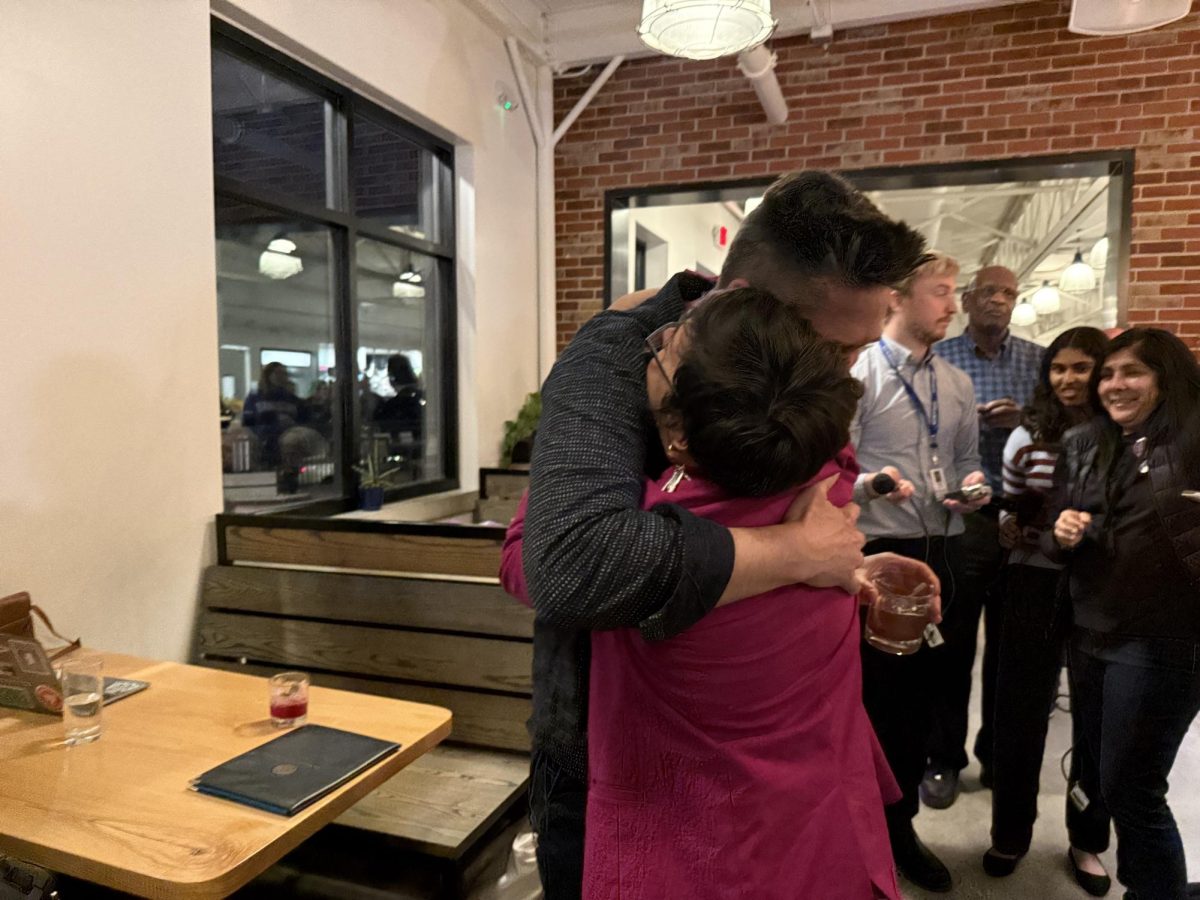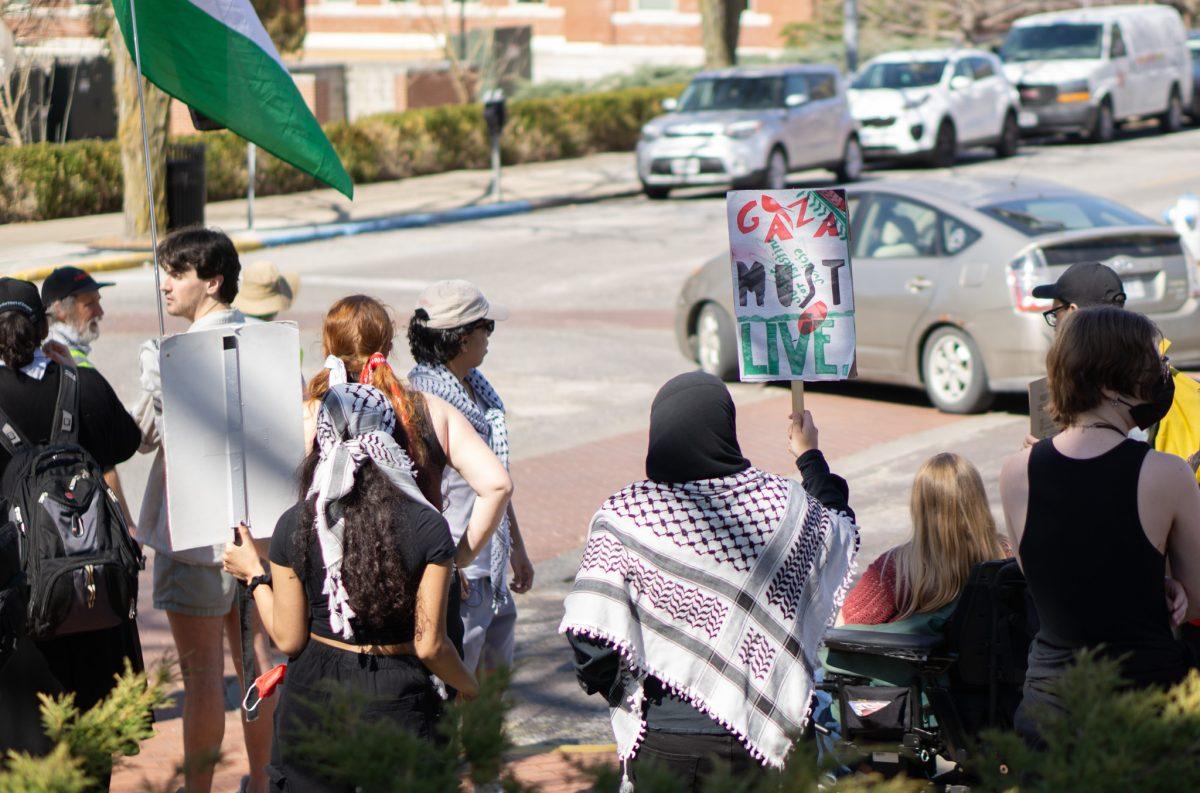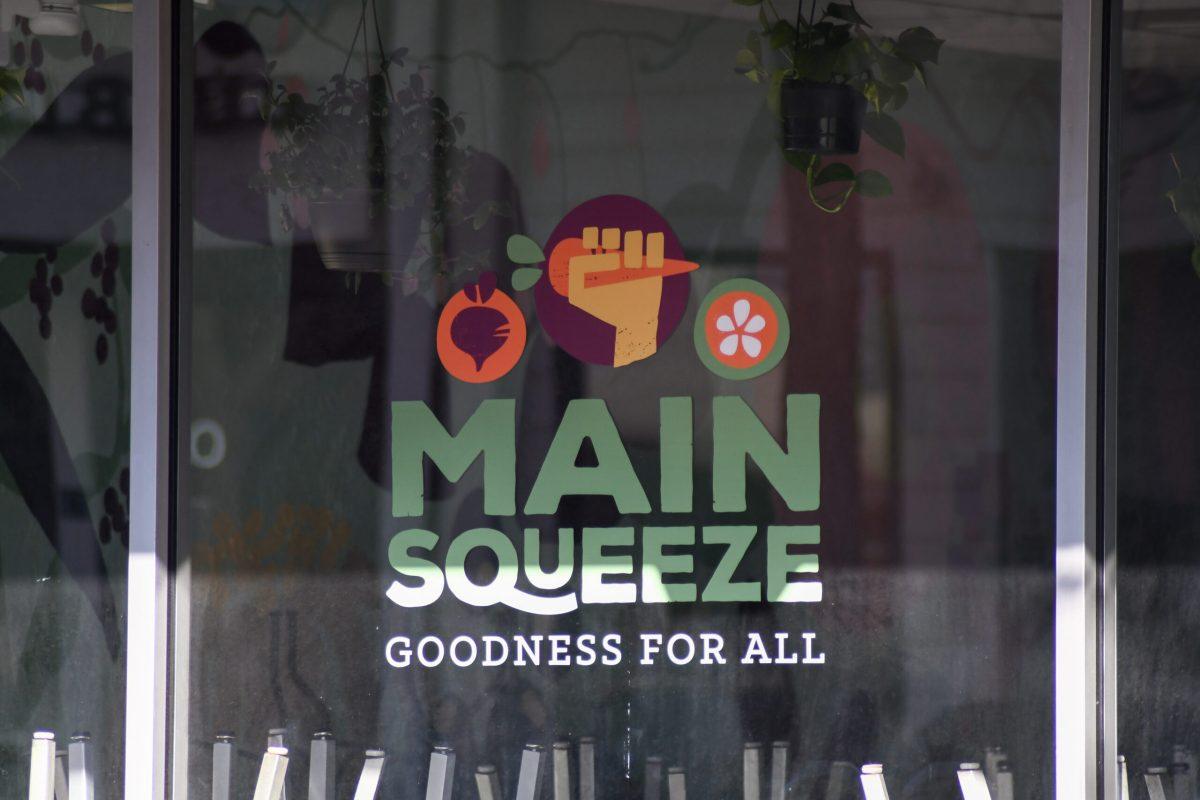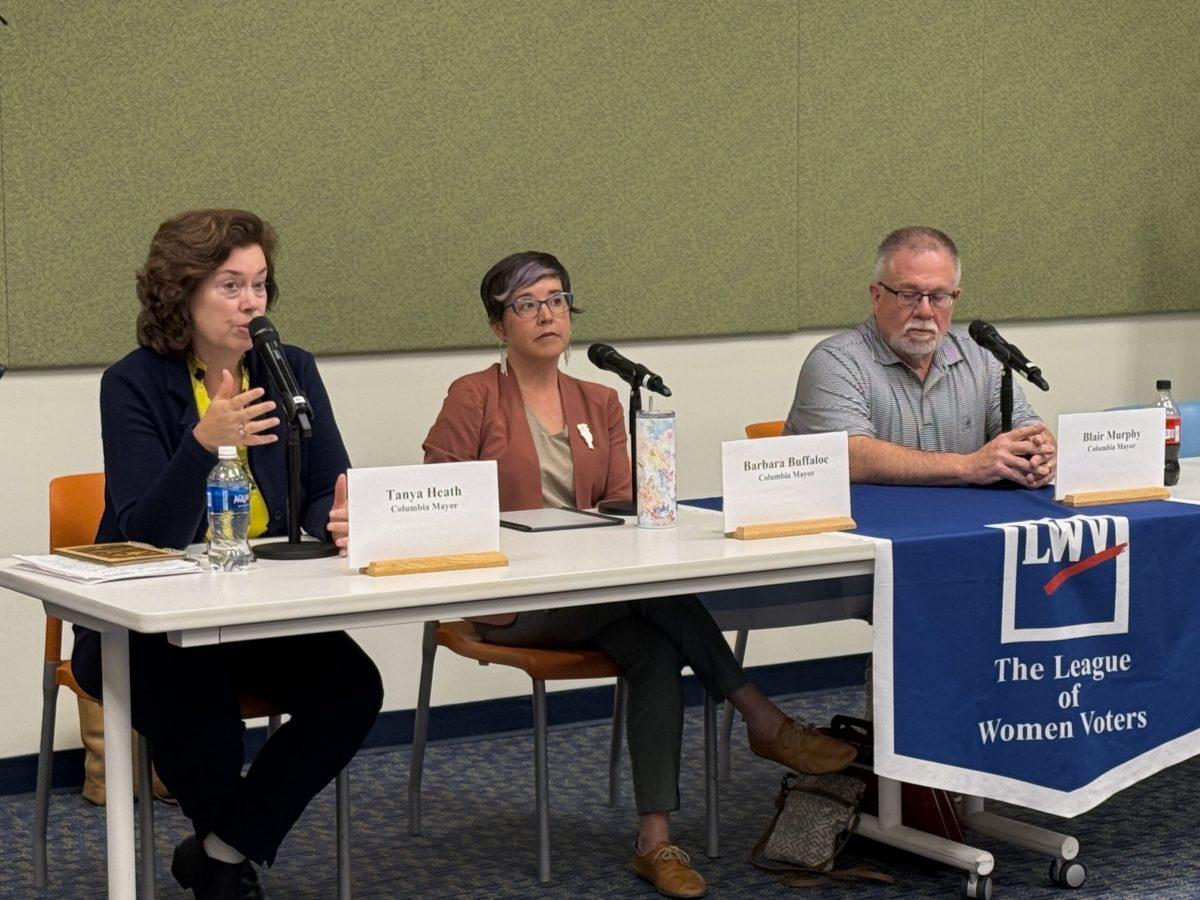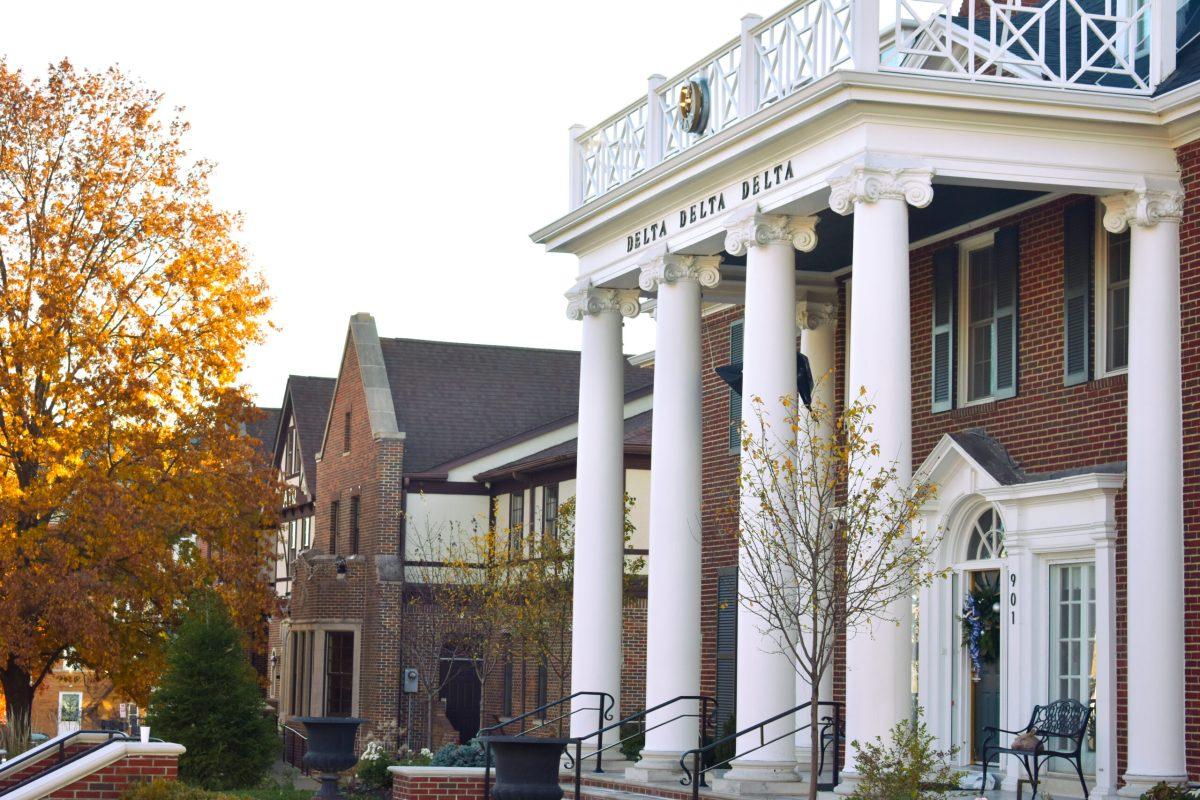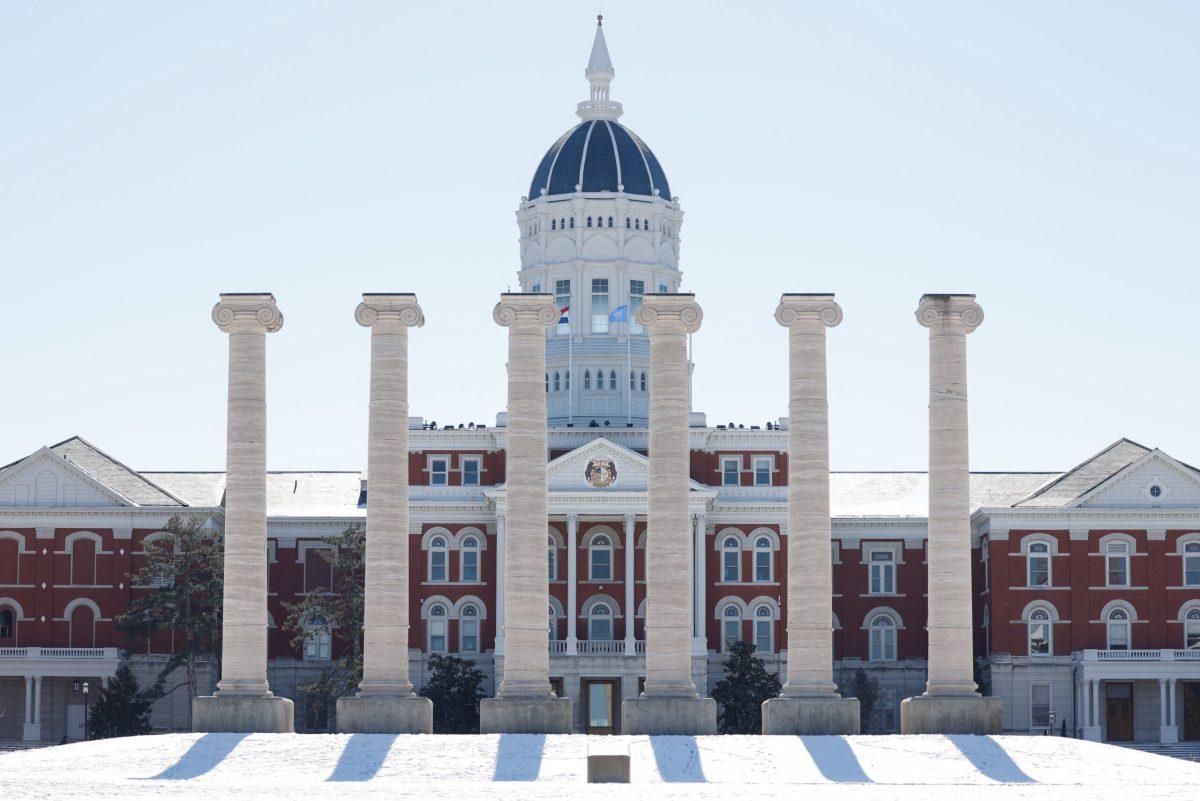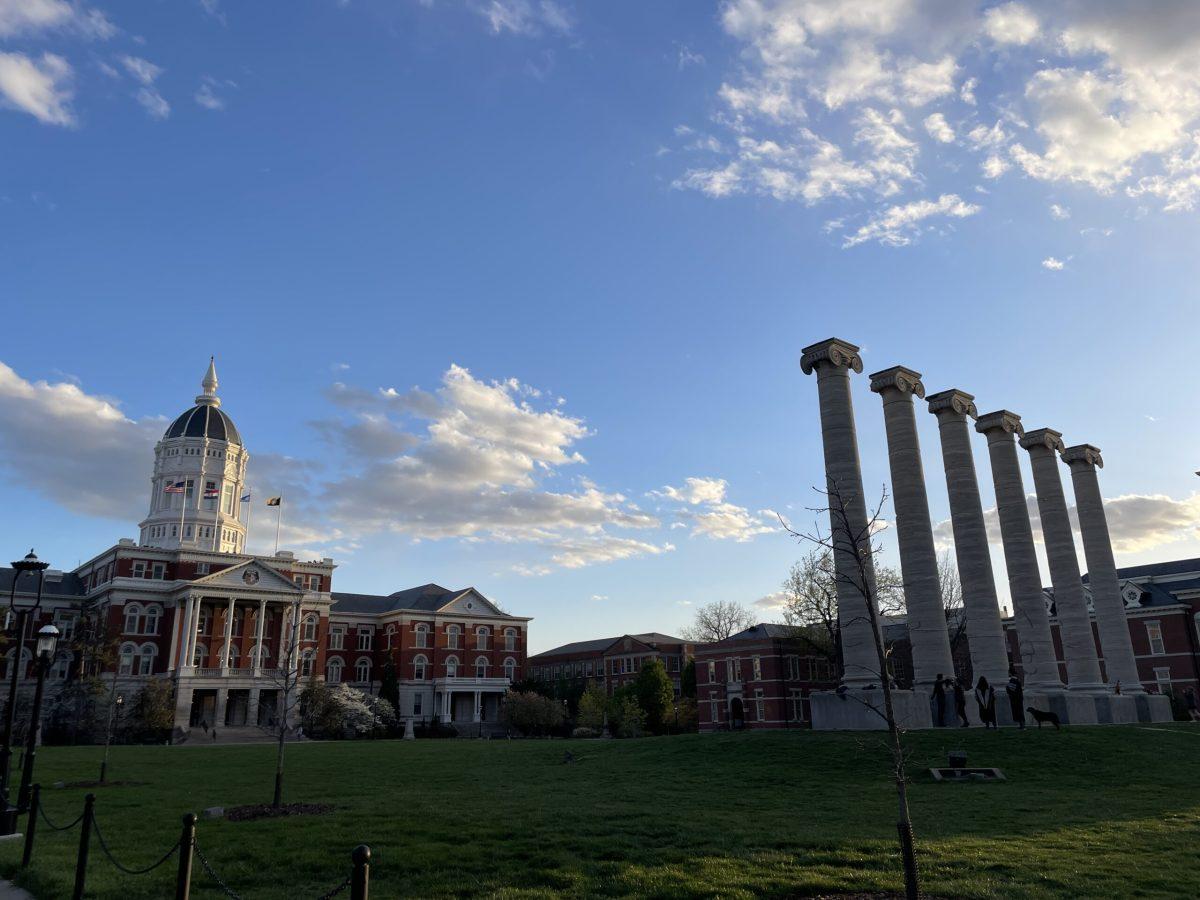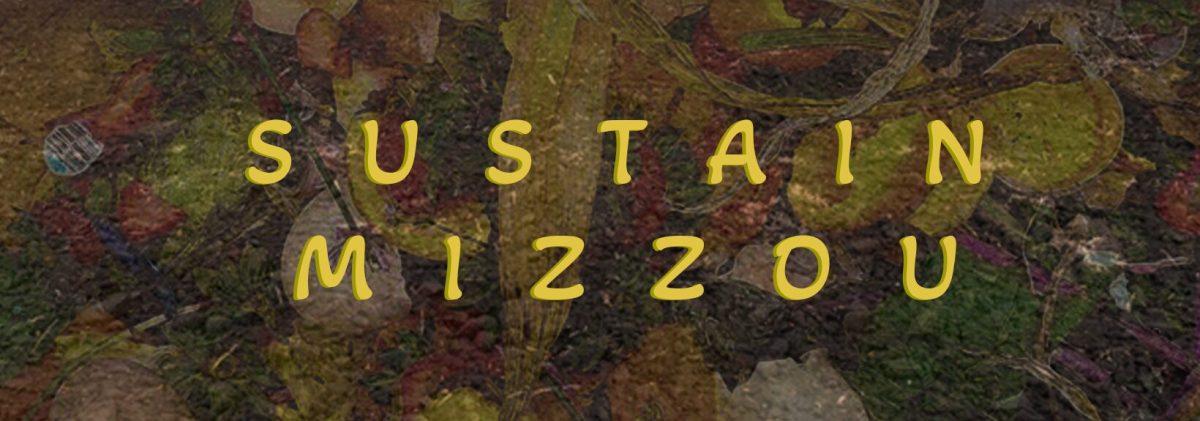Ninety-nine cabinets sit in the middle of a room at the Columbia Missourian. They hold only a portion of the paper’s printed issues. In addition to the CDs, VHSs and floppy disks that store past newscasts at KOMU, there’s a handful of 16mm film, and no one knows what’s on it. Both news organizations are searching for a way to effectively preserve Columbia history.
MU Libraries and Donald W. Reynolds Journalism Institute just received a $250,000 grant from the Andrew W. Mellon Foundation to preserve news content that originates online, which is the new medium that isn’t built to be preserved. The money will go toward hiring consultants, technology vendors and travel expenses.
“I think there’s a lack of awareness that digital media can go away very easily,” Edward McCain, digital curator of journalism at university libraries and RJI, said.
Since it is now easier than ever to create content, there is no limitation on how much a person can produce, unlike film that had to be developed. This further forces creators to choose what to save and what to discard. In addition, webpages often disappear and don’t last forever.
“Often websites update their articles and don’t necessarily save what was already published,” journalism librarian Sandy Schiefer said. “It’s a concern not just for the readers, but also the writers of those materials.”
Preservation is also not an inherent trait of digital media.
“A lot of this loss or inability to access things is because the systems that we have been designing are primarily for gathering and producing and distributing news but not for preserving it for the long term,” McCain said.
Technology is constantly evolving, which makes preservation tricky.
“Analogue stuff is a little bit more forgiving,” McCain said. “You can put a book on a shelf and take newspaper and put it in a box and keep it pretty safe for a relatively long time. It’s not that [digital] doesn’t require any care, but digital requires much more vigilance. It’s kind of keeping somebody on life support.”
One solution is to keep transferring content from an older medium to the newest technology, but that cycle could last forever. McCain and his team are looking for a long-term solution.
Ten researchers from the Journalism Digital News Archive are traveling to universities across the U.S. and Europe to analyze the work flows and policies regarding preserving digital-born content. The team began trying to identify the problems within the preservation process at home.
“I’m interested in what RJI is doing for sure,” KOMU News Director Randy Reeves said. “It’s by far our best hope that they’ll find something that will help us and in turn help other stations because we are not the only ones with shelves full of tapes that are poorly archived. We all need some help.”
Currently, KOMU archives its newscasts on campus servers. However, older newscasts are still stored on multiple types of media that were all, at one point, in the process of being transferred to the latest technology.
“It’s difficult to imagine a world where we have somebody that has the time devoted to archiving and content analysis of all those old tapes,” Reeves said. “It’s just a mind-boggling amount of time.”
McCain’s team and Reeves have had meetings discussing KOMU’s archiving process and policies. RJI is still gathering information, so no solutions have been presented to KOMU yet.
“I’m looking to them to see where they lead us,” Reeves said.
The Columbia Missourian’s archive is on multiple content management systems, and every print issue since 1908 is on microfilm, Schiefer said. However, any video or online photos they produce cannot be preserved.
“We have worked with [the Columbia Missourian] on establishing a place to put all these digital photographs,” RJI Executive Director Randy Picht said.
So far, the team thinks that creating systems that are designed to preserve content might be a solution. Its members also want to focus on policy being more concerned with content preservation.
“I think this grant is the first step in trying to figure out some of those solutions, and it’s a little bit like detective work to try to find out what folks are doing to solve some of these problems,” Picht said. “Searching for the one solution is just not going to work.”
For the next year, the team will be working toward preserving digital-born content.
“If we don’t do it, we’re gonna lose big pieces of our culture,” Picht said. “If you don’t have the stories from the past, you definitely lose an important part of what a community is.”
_Edited by Alex Fulton | afulton@themaneater.com_


